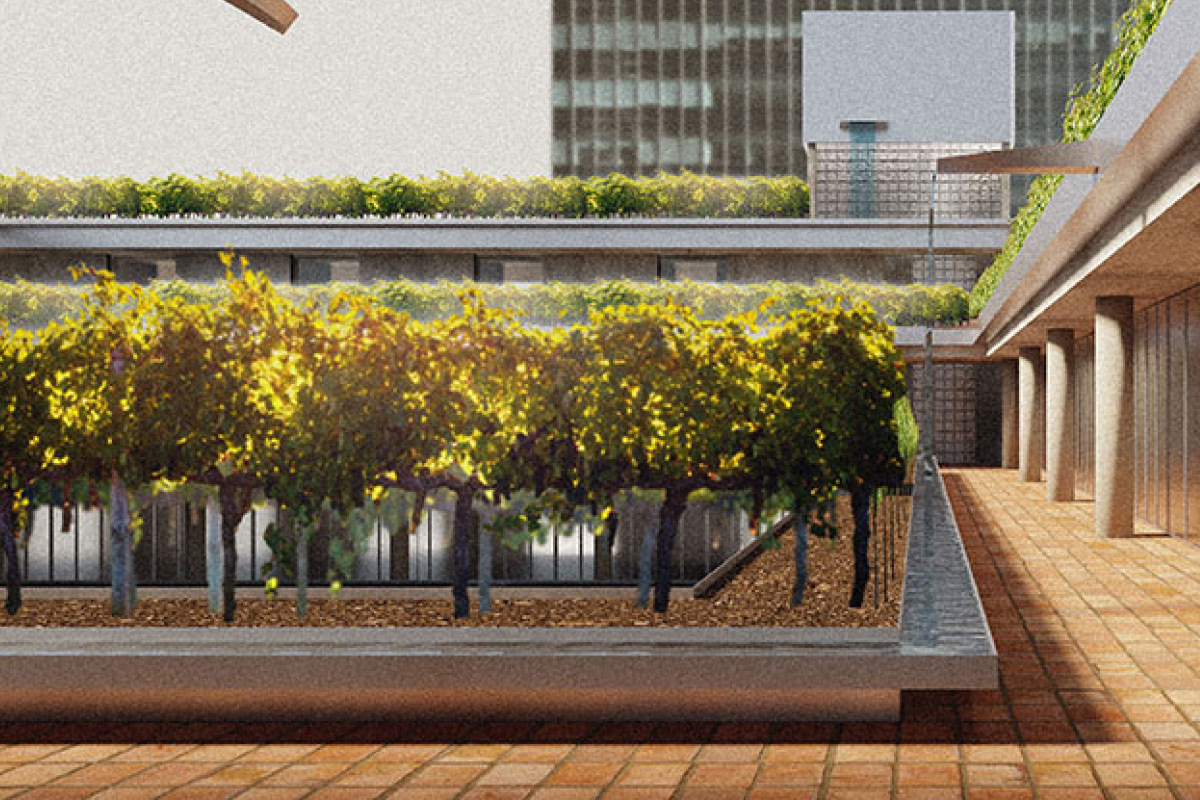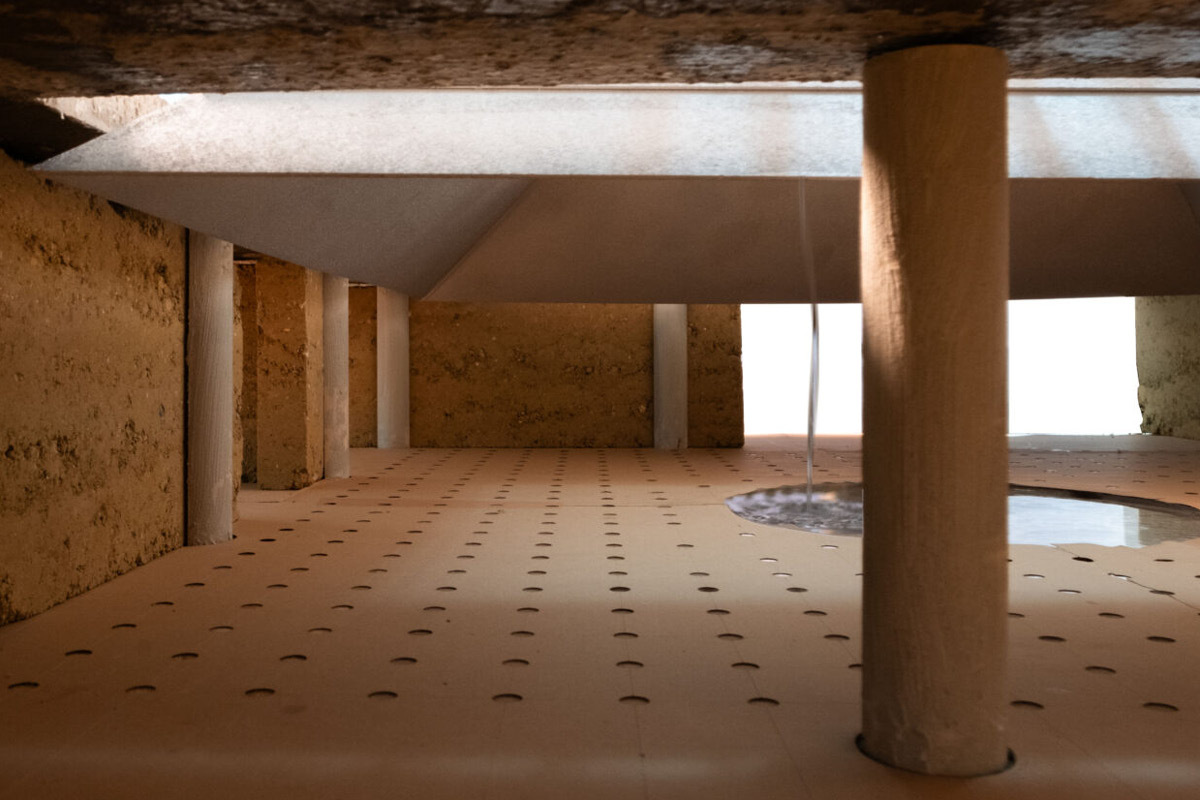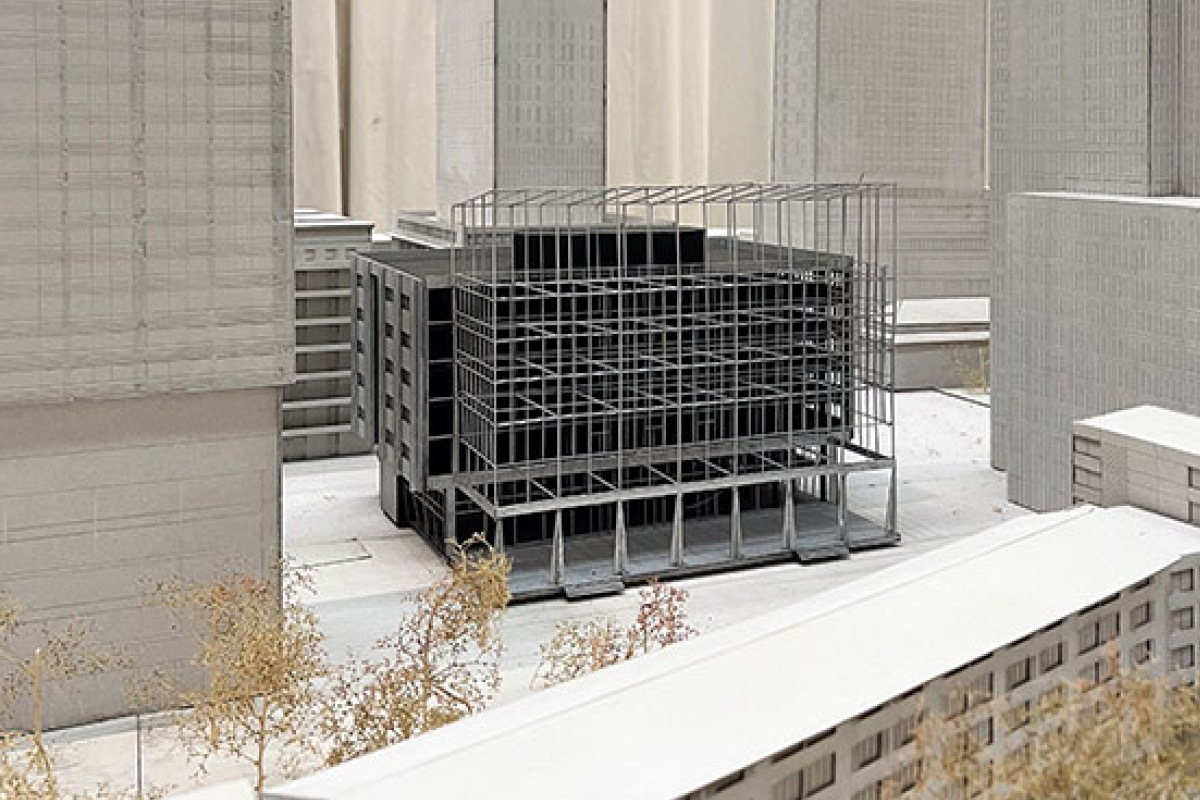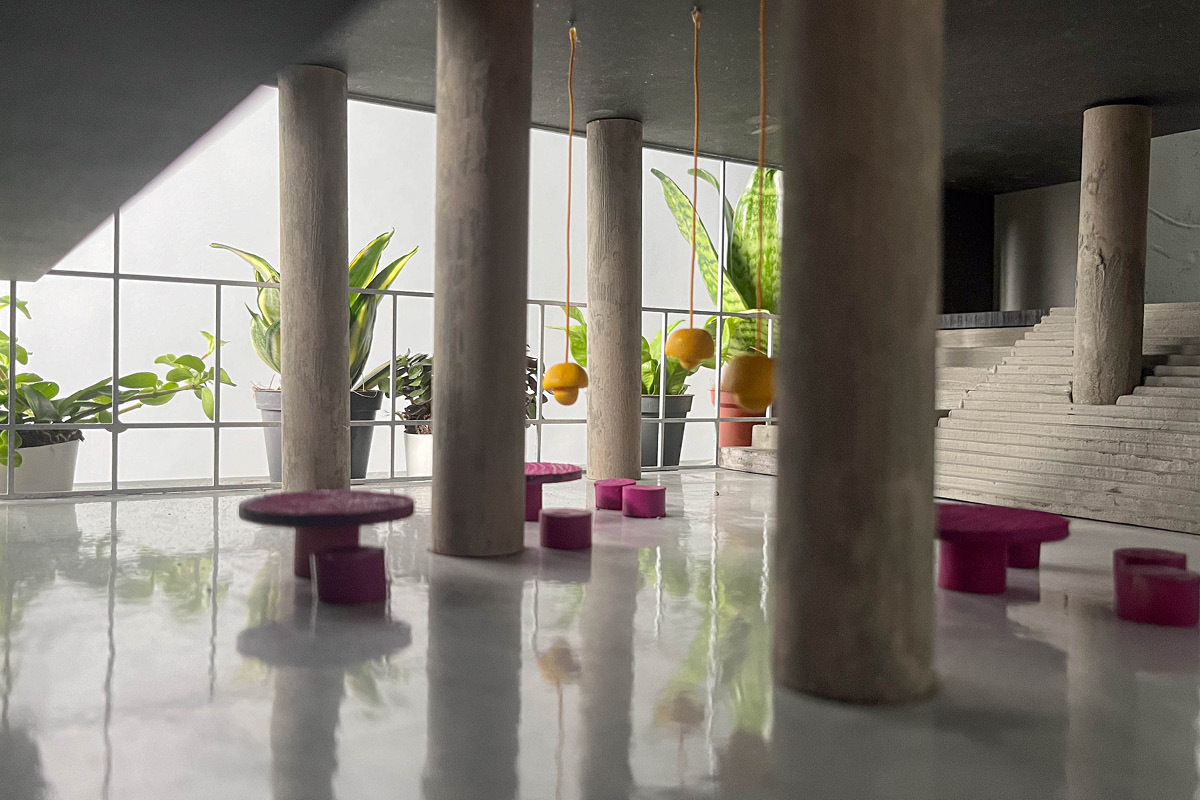Design semester at the Institute of Architecture, University of Applied Sciences and Arts Northwestern Switzerland FHNW
Prof Shadi Rahbaran and Prof Ursula Hürzeler
FEED THE CITY – A «FOOD FACTORY» FOR THE ROSENTAL.
Under the theme ‘Feed the city – Architectures for a sustainable food system*’, students at the Institute of Architecture at the FHNW spent a year exploring the food cycle. As part of this year’s theme, we explored the question of sustainable food supply in the face of the climate emergency and the growing world population.
Specifically, we investigated the interactions between architecture and a renewed, sustainable food system and addressed spatial planning issues, new logistical systems and building infrastructures that enable regional value creation along the entire local food cycle.
In the third academic year of the Bachelor’s programme, we looked at the issue of food production in the city. The countryside has the raw materials – the city has the capacity and infrastructure to process them, as well as the population as purchasers and consumers. Food has always been produced, processed and consumed in the Basel area. Urban production of food from products sourced from the immediate vicinity is a promising way to improve food security, reduce environmental impacts and strengthen the local economy.
This potential could be successfully tapped through closer cooperation between planners, manufacturers, processors and consumers. A food factory in the heart of the city would bundle this potential, concentrate work processes in one place and make them visible and come alive for visitors. The entire cycle, from production and processing to consumption and waste recycling, was to be mapped as completely as possible. Students work in groups to develop concepts for the production and distribution of food while also researching the interface to possible public uses such as catering or research.
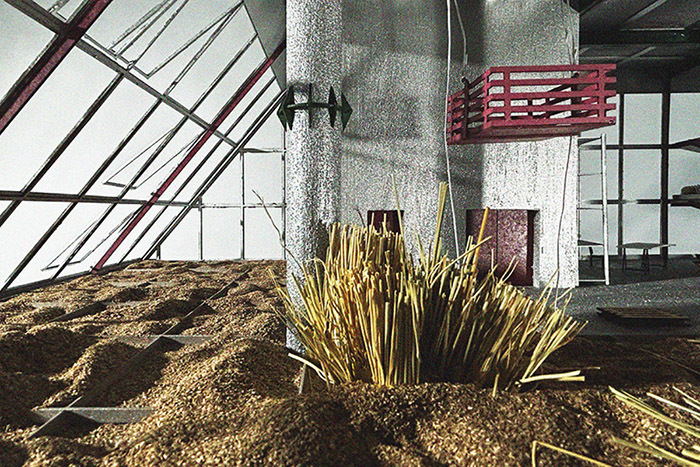
A food factory in the heart of Basel can bundle all associated work processes in one place and make them visible and come alive for visitors. The entire food production cycle, from production and processing to consumption and waste recycling, was to be integrated as far as possible. Based on global and national food cycles, the dependencies in Basel were analysed as a starting point. We visited various businesses involved in regional and organic food production, such as a dairy, a mushroom farm and a brewery.
By studying these procedures and processes, the students quickly became experts in grains, mushrooms, vegetables and wine, as well as waste disposal, composting and recycling. Based on this knowledge, we developed a programme for a food factory on the Rosental site.
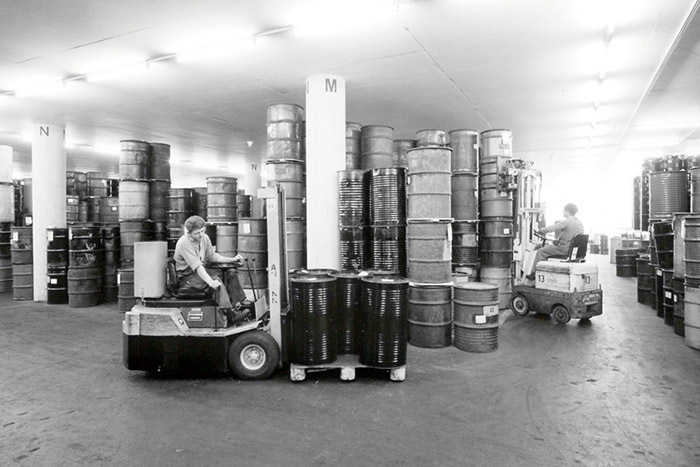
Dye packing warehouse
One of the buildings worth preserving on the Rosental Mitte site is building 1055. This robust structure, which is characteristic of the site, was designed by Burckhardt Partner in the late 1950s and created as an eight-storey dye packing warehouse. The design brief aimed to depict as many stages of the food cycle as possible and make this come alive for local residents. An intensive examination of the reinforced concrete warehouse building, with all its qualities and challenges, was equally important.
As it turned out, the robust structure with its large spans, high ceilings and high load-bearing capacity is very well suited for new usage ideas and allows for many different interventions. We realised that the transformed building could serve as a meeting place in the neighbourhood and at the same time convey knowledge about food production. The connection to the city played a key role, and considerations of how the building could be structurally opened up and the ground floor actively programmed were the focus of the project design.
This gave rise to ideas for a communal space in the district that could also be an active part of the food cycle. New food products, such as algae, were also investigated. We studied the potential of these foods for the future. How are they produced? What are the requirements for the production facilities? From these insights, we developed new, symbiotic systems for humans and plants.
In addition to these technical solutions, it was also important to examine these production sites in terms of their spatial impact and to identify their potential for making the issue of ‘food’ visible. Fortunately, the existing robust structure proved to be very flexible, even for completely different uses. By subtraction, addition and superimposition of new geometries, the former warehouse building could be completely redesigned. The overlapping of production areas with uses for the urban population also led to a promising approach: this gave rise to insights and points of contact that cannot be achieved in single-purpose buildings.
In conclusion, we can say that the design work was very challenging, because it was important to us to understand the major cycles. At the same time, it was also very concrete, both in our engagement with the existing buildings as well as with the urban space. We tried, within the existing structure, to create spaces for the community as well as spaces for production, and to link them to each other. The higher-level cycles formed the basis for the considerations in the specific case. In our case, the structure we studied proved to be a robust structure that can be easily expanded, reduced or transformed.
*For the past two years, the Institute of Architecture at the FHNW has dedicated its teaching and research to the topic of CONSTRUCTIVE FUTURES and thus to the issue of how we will plan and build in the future. The aim is for a constructively motivated design culture to highlight new ways of dealing with our limited resources. In each academic year since the introduction of this overarching theme, a selected aspect has been treated as a focus topic. Past and current focus topics include ‘Beyond Concrete’, ‘Keeping What’s Good’ and ‘in-between’.
